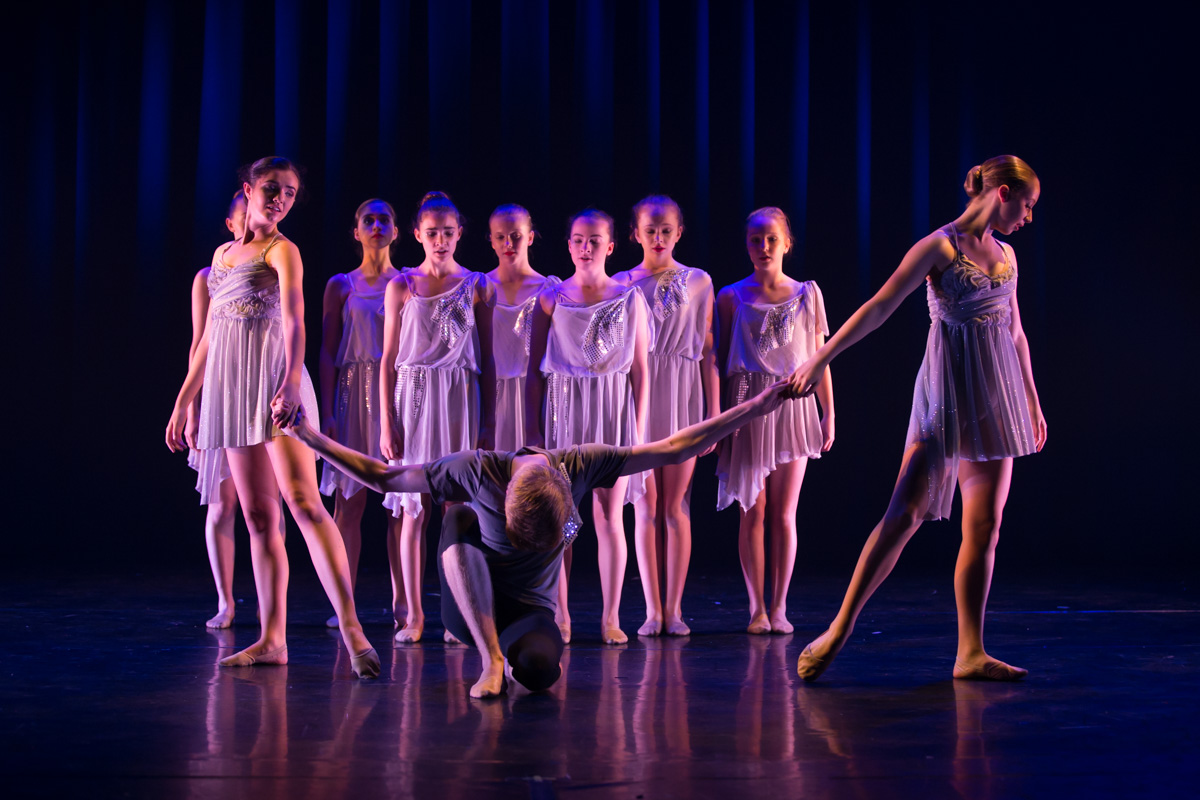

The boot should be worn for walking and sleeping, but removed for icing and range-of-motion exercises. Severe sprains may require use of a removable boot for 3 weeks. Compression bandage, icing, ankle air-stirrup brace in athletic shoes outside of class, and limited class participation should be instituted as pain allows. Early functional treatment of ankle sprains is recommended for dancers. Most sprains resolve with conservative management.

If symptoms do not improve in a week, a computed tomography (CT) scan or magnetic resonance imaging (MRI) scan should be obtained to identify possible osteochondral injury to the talus or occult fracture.

Radiographs should be obtained if there is any bony tenderness over fibula, sinus tarsi, or fifth metatarsal.
DANCE MUSICALITY FULL
Even after return to full professional dance or sport participation, and without complaints of instability, measurable differences in postural sway can be demonstrated.ĭiagnosis includes physical examination revealing tenderness to palpation over the anterolateral ankle ligaments, swelling, and ecchymosis. Dancers and athletes who have had an ankle sprain have impaired dynamic postural control (more postural sway than controls or uninjured dancers). The ATFL is injured when the ankle is plantar flexed the calcaneofibular ligament (CFL) is injured when the ankle (foot) is in dorsiflexion (neutral) and inverted.Ī history of previous ankle sprain is the greatest risk factor for an ankle sprain injury. The lateral ligaments are most frequently injured, with the anterior talofibular ligament (ATFL) the most commonly injured ligament. The mechanism of injury is typically an inversion injury (rolling over the lateral border of the foot), often while en pointe or demi-pointe, or in a missed landing from a jump. Many authors report ankle sprains as the most frequent acute injury. Menstrual irregularities, disordered eating, low energy availability, low vitamin D, and osteopenia may contribute to dancers’ risk for injury or delayed healing.Īnkle inversion injury is the most common traumatic injury in dance as it is in athletics. Dance injuries may be the result of acute trauma, such as landing from a leap or turn, or more commonly from repetitive microtrauma, usually after a rapid increase in training volume and intensity. The sur les pointes position requires maximal ankle, hindfoot, and midfoot plantar flexion, while placing high forces across those joints ( Fig. 1 ). The foot and ankle are the most frequently injured areas in dancers, with significantly higher rates reported in female ballet dancers. In a Swedish study, 95% of the professional dancers sustained at least 1 injury during a 1-year study period. Reports on professional dancers show high rates of injury in ballet, modern, and Irish dancers. Dance has many forms, including classical ballet, modern, contemporary, jazz, tap, break dance, hip-hop, musical theater, ballroom, Irish, African, Flamenco, folk, aerial and contact improvisation. The stresses of dance can result in common overuse injuries as well as some injuries unique to dancers. Elite dancers are athletes whose rigorous training, rehearsal and performance schedules predispose them to injury. Dance is a demanding art form requiring years of training, musicality, and motor control, often at the extremes of joint range of motion.


 0 kommentar(er)
0 kommentar(er)
